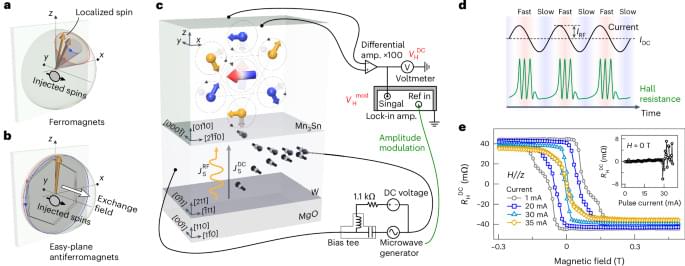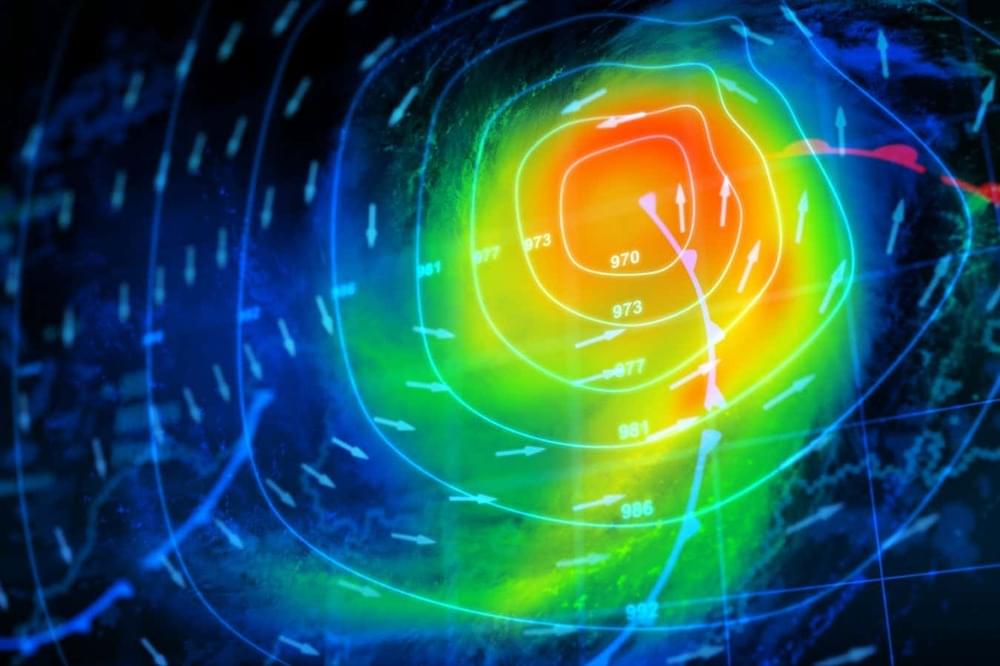In the fast-paced world of electric vehicles (EVs), a major breakthrough in battery technology is set to significantly enhance energy storage capacity. This development arrives at a crucial moment, as the EV industry is experiencing rapid growth, making it an ideal time for such a transformative advancement.
Researchers at Pohang University of Science & Technology (POSTECH) have introduced a revolutionary technique that can amplify the energy storage capacity of batteries by an astonishing tenfold. This leap forward not only propels battery technology to new heights but also has the potential to reshape the entire landscape of electric vehicles.
The key to understanding battery function lies in the anode, the component responsible for storing power during charging and then releasing it when the battery is in use. In most modern lithium batteries, graphite is the predominant material used for anodes.









